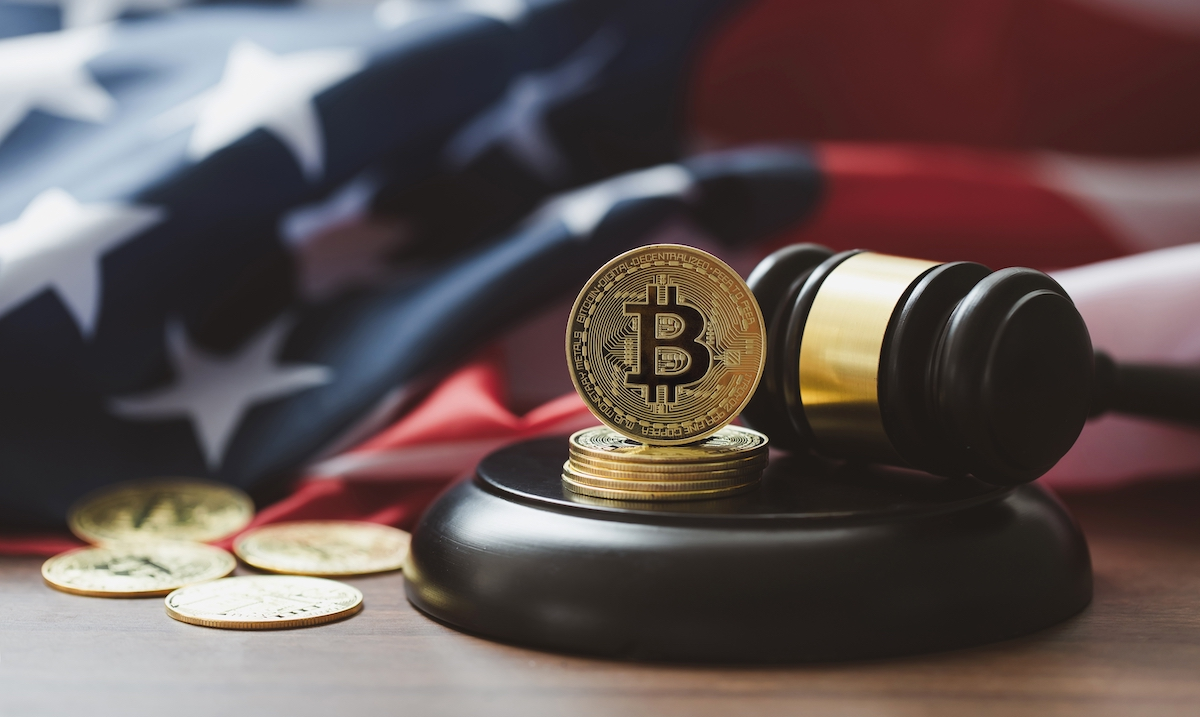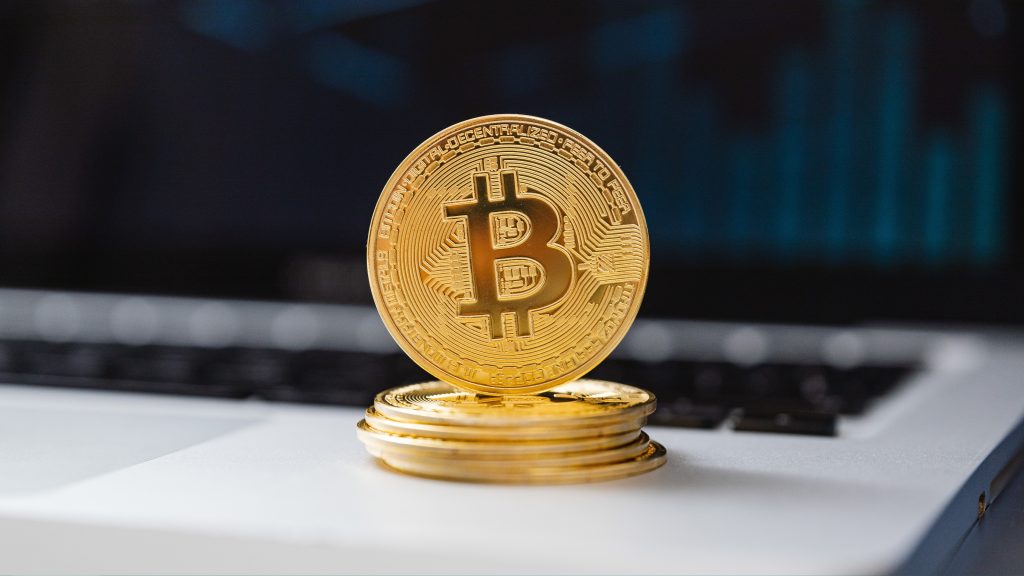
The landscape of digital asset regulation in the United States is shifting faster than ever. What was once a murky, uncertain terrain is gradually gaining clarity, with key players from federal agencies to state governments actively shaping the future of cryptocurrency. If you're involved in crypto, understanding these rapid changes isn't just wise—it's essential. Here are five crucial updates on U.S. crypto rules that you need to be aware of right now.
1. Banks Get a Greener Light from the OCC
A recent major action by the Office of the Comptroller of the Currency (OCC) may allow for increased institutional involvement in the cryptocurrency market. The OCC has essentially revoked previous restrictive guidance by affirming banks' ability to offer crypto custody and execution services through its Interpretive Letter 1184 (published in May 2025). This could result in more conventional and safe financial rails for cryptocurrency services since it gives federally regulated banks more defined ways to interact with digital assets. This change is a significant step toward integration and mainstream adoption.
2. The SEC's Evolving, Nuanced Approach to Digital Assets
The Securities and Exchange Commission (SEC), a long-time enforcer in the crypto realm, is showing signs of a more nuanced and potentially reformed regulatory stance. The SEC's Division of Corporation Finance recently issued a staff statement clarifying that certain meme coins, despite their speculative nature, do not necessarily involve securities, leading to the dropping of several registration-based lawsuits and the termination of investigations. While the SEC continues to assert its jurisdiction over digital assets it deems securities, these actions signal a subtle but important shift in their enforcement priorities and a recalibration of U.S. policy.
3. Congress Pushes Harder for a Federal Framework
The legislative branch is intensifying its efforts to establish a comprehensive federal regulatory framework for digital assets. A key example is the discussion draft of the “Digital Asset Market Structure Act,” which aims to provide clarity and oversight for the entire crypto industry. Beyond this, bills like the “Deploying American Blockchains Act of 2025” are gaining bipartisan support, empowering the Secretary of Commerce to foster blockchain development. Congress has also taken direct action, notably voting to overturn a controversial DeFi broker tax rule, indicating a growing willingness to legislate specific aspects of the crypto market. Additionally, the “STABLE Act of 2025” is working its way through, targeting regulation for payment stablecoins.
4. The White House Charts a New Strategic Course for Digital Assets
During the present administration, the White House is at the forefront of asserting the U.S.'s status as a world leader in digital assets. President Trump, in particular, created a Strategic Bitcoin Reserve and a U.S. Digital Asset Stockpile communicates directly about the building blocks of the crypto economy. In addition, executive orders and directives are coming out to retract earlier guidance and set a more concrete, forward-looking approach for the nation's digital asset industry. This governmental focus from the top attempts to create innovation while tackling risks at a national scale.
5. States Implement Diverse Licensing and Enforcement Rules
As federal actions move forward, individual U.S. states continue to innovate with their own approaches to crypto regulation. States such as California and New Jersey are taking the lead in imposing detailed licensing requirements for crypto businesses within their jurisdictions. California's Digital Financial Assets Law (DFAL), which goes into effect in July 2026, calls for specific licenses for businesses involving digital assets. New Jersey's Digital Asset and Blockchain Technology Act also calls for its own. In addition to licensing, there are other states with legislation on their calendars that covers everything from regulation of cryptocurrency kiosks to tracking of digital currency for law enforcement to digital asset forfeiture for property. This is a complicated state-by-state patchwork that crypto companies must navigate.
These five updates give us a picture of a rapidly developing regulatory landscape in the U.S. For anyone working in or investing in the digital asset space, being aware of these developing rules is no longer a choice—it's flat-out essential to finding your way through what is ahead.
















